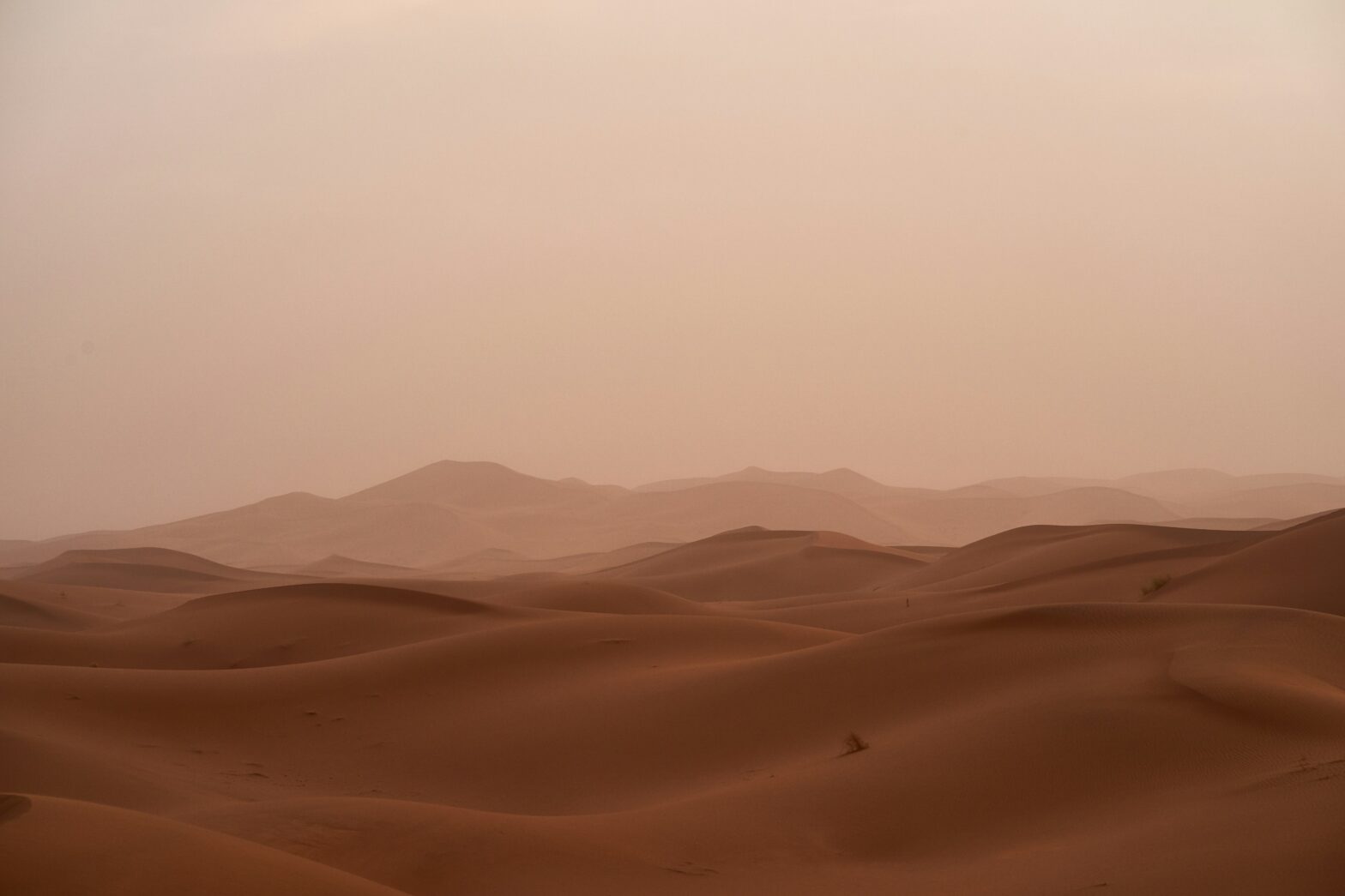The Sahara Desert is famous for its far stretches of tan sand and seemingly nonstop hills. It has a huge tourist appeal and for many people, it is the most memorable experience they have during their visit to North Africa. Visitors can embark on desert safaris, camp out, and even book a hot air balloon experience to see the dunes. The Sahara typically has dry conditions, intensely hot temperatures, and strong winds. In decades, the Sahara has seen extremely minimal rainfall but a recent incident involving floods in the region bears questioning.
What To Know About The Sahara Desert’s Unusually Heavy Rain
This year there have been unique instances where some of the driest places in the world have flooded, including the world’s largest desert. As AP News reports, this most recent occurrence has led to shocking scenes of lakes being restored in the desert. Lake Iriqui, which has been dry for half a century, has rushing water. The palm trees in the Sahara Desert have nearly been engulfed in some areas. Since the area is usually burdened by drought, the sudden and sporadic changes in weather are quite remarkable.
How Did The Sahara Desert Get So Much Rain?
This rain was unexpected and quite bizarre for the location. While many people are marveling at the impact of the rainfall, not even scientists have found out what caused it. The communications manager of Morocco’s General Directorate of Meteorology, Houssine Youabeb, was featured on The World is One News to discuss the situation. He claimed that the extratropical storm may change the region’s future weather. As a result of the air retaining more moisture, there will likely be more evaporation which will then turn into more storms.
Tourism Impact And Cultural Context
Unsurprisingly, the heavy rain in the Sahara has led to more tourist interest in the area. The subsequent oasis with newfound moisture is a sight to see. Technically, with the infrequency of this amount of rain it may be a long time before travelers can see the Sahara Desert in the same condition. So, the replenished lake and lagoons are a bit of a spectacle.
Locally, the extra rainfall will likely positively impact the underground aquifers in the region. These aquifers are relied on for the water supply in local communities. The downside to such unexpected rainfall is that there has been crop damage and flood-related deaths. This area is not structurally equipped to handle high amounts of rainfall and rightfully so. As time goes on, there may be changes made to infrastructure, architecture, and even travel in the area as a result of the increase in rainfall.





